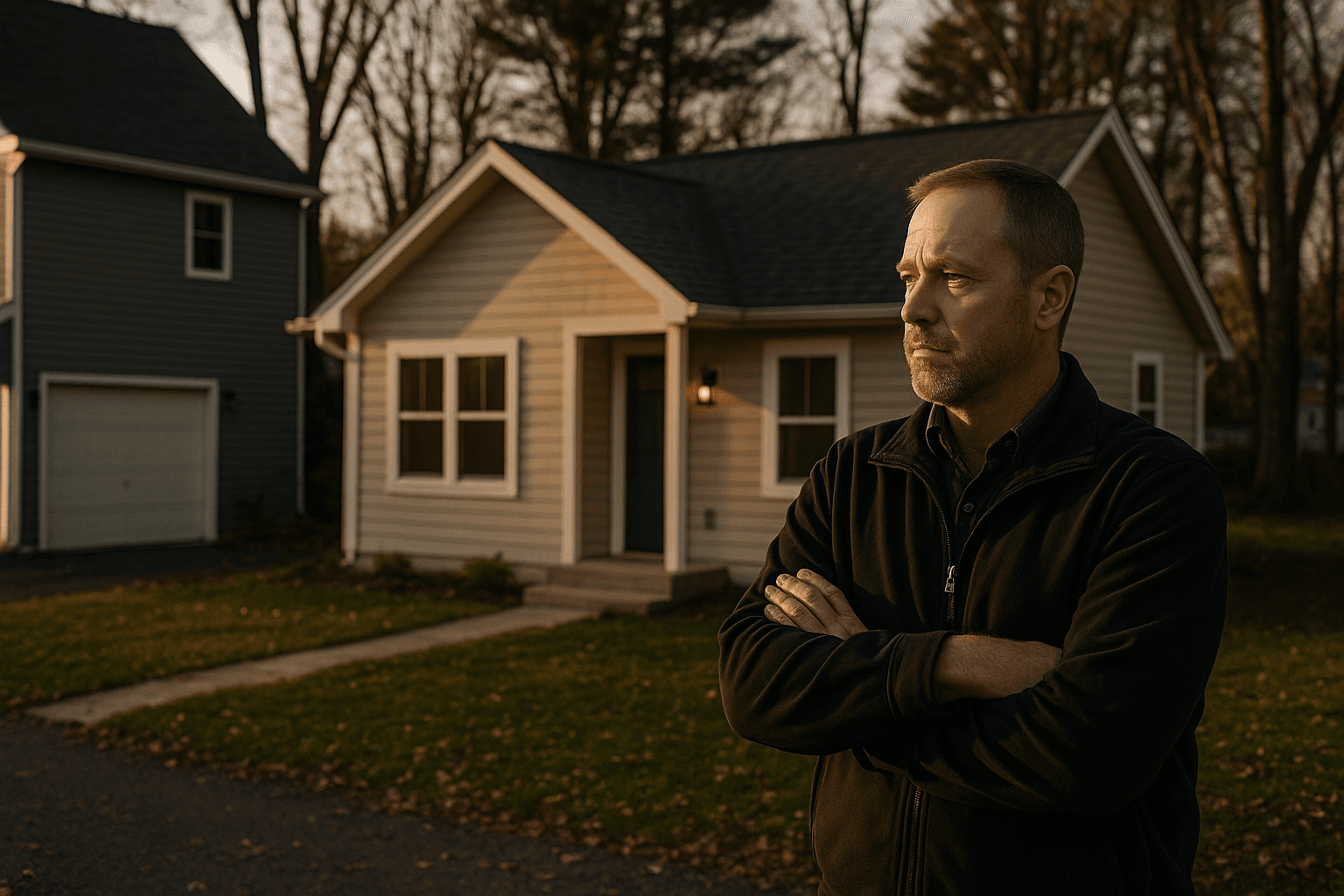East Bay Township Approves Accessory Dwelling Units, Expands Residential Options
East Bay Charter Township adopted three zoning ordinance amendments in November that will allow accessory dwelling units in all residential districts, subject to lot size and dimensional requirements. The changes were published November 22, and will become effective eight days later under Michigan law, a development that could affect housing availability, homeowner decisions, and neighborhood planning across Grand Traverse County.

The East Bay Charter Township Board adopted Zoning Ordinance Amendments 4-25, 5-25, and 6-25 at its regular meeting on November 10, and the board published a legal notice of the changes on November 22. The amendments revise portions of the township zoning ordinance to permit accessory dwelling units in every residential district provided the parcel meets the applicable lot size and dimensional requirements. Under the Michigan Zoning Enabling Act MCL 125.3401 the amendments become effective eight days after publication, which places their effective date on November 30.
For homeowners, the change opens new possibilities for on site rental units, space for extended family members, or additional living spaces to support aging in place. For neighbors and neighborhood associations the decision will prompt discussions about density, parking, utilities, and the character of residential areas. Property owners considering an accessory dwelling unit should review the specific lot size and dimensional conditions in the adopted ordinance text before beginning any plans.
The full text of the amendments is available for public inspection at East Bay Charter Township Hall, 1965 N Three Mile Road, Traverse City, MI 49696 during regular business hours and can also be viewed on the township website. The published notice lists township clerk Susanne Courtade as the contact for questions about the ordinance changes.

Local officials have joined a broader pattern seen in many U S cities and regions where accessory dwelling units are used as a policy instrument to add housing options without large scale development. The change may attract new rental opportunities and modest infill construction while raising practical questions about infrastructure capacity and zoning enforcement that township officials and residents will need to address.
Residents and stakeholders in Grand Traverse County should monitor the township website and upcoming planning commission or township board agendas for implementing rules, permit procedures, and any accompanying design or occupancy standards. The coming weeks will determine how quickly property owners move to make use of the new allowances and how the township manages the transition.


